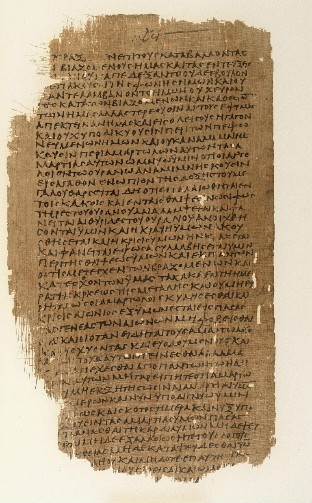Which Bible, whose canon?

When television documentaries explore Christianity, they have little difficulty finding diverse manifestations of faith and practice from around the world. A global survey also reveals a surprising, even startling, diversity when it comes to the content of the Bible.
The New Testament has been well defined for many centuries, and the canonical number of four Gospels dates to the second century. But the shape of the Old Testament is more uncertain. Western Protestants may be surprised to learn how relatively thin their own book is when compared to that of the Catholics, who value texts like Wisdom, Tobit and the two books of Maccabees. This difference is quite recent. During the Reformation, Protestant translators segregated those books into a section labeled Apocrypha (though ordinary believers continued to read and value these books at least into the early 19th century, when they largely dropped out of use).
That timing meant that when Protestant missionaries set out for Africa and Asia, the Apocrypha was not a part of the Bibles they carried with them, and those texts never had much impact on emerging churches. Over time, however, new converts compared notes, and some were startled to find the disparity between Protestant and Catholic Bibles. On occasion those converts became suspicious about the explanations that missionaries offered for the differences. Some asked whether their pastors were keeping whole parts of the Bible secret, presumably for their own selfish ends.




